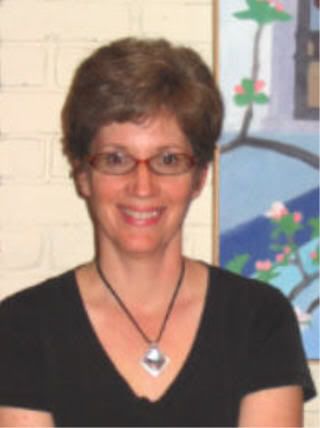Tips for studying for test No. 1
You’ll have a T/F portion and multiple guess, each worth two or three points. Also, five or six short-answer questions will be included.
To best prepare, use the quizzes included on the web site provided by our textbook's publishers. Broad areas to study include definitions of public relations, marketing, advertising, propaganda and spin.
Chapter 5--We'll discuss this in class Monday, and we'll see how much we are able to cover before I finish making up the test.
Chapter 4: Public in public relations—learn about many types of publics and what needs to be known about them. What’s different about the employee as a public? Consider the chart we discussed in class, from page 96. Should news media be considered a special public and why? Be ready to define resource dependency theory, coorientation, latent/intervening publics and other key terms from our discussion and the chapter itself.
Chapter 3: History— Think about development of PR profession over time—what did it look like?; what general historical developments affected the profession? How does history fit with the models of PR from chapter 1?
Chapter 2: Jobs in PR—think about the scope of PR and the jobs in the profession; how do professionals spend their time?; where do PR professionals work?; what’s the difference between a technician and a manager?; how should a PR manager be integrated into an organization?
Chapter 1: What is PR?—think about spin and PR and be able to explain the difference; if you could draw a picture of a dynamic PR process, what would it look like?
Other questions will concern: The Red Cross Case Study from chapter 3; Blake Morgan's presentation about Biodiesel Industries, and more that we'll discuss Monday.


0 Comments:
Post a Comment
<< Home